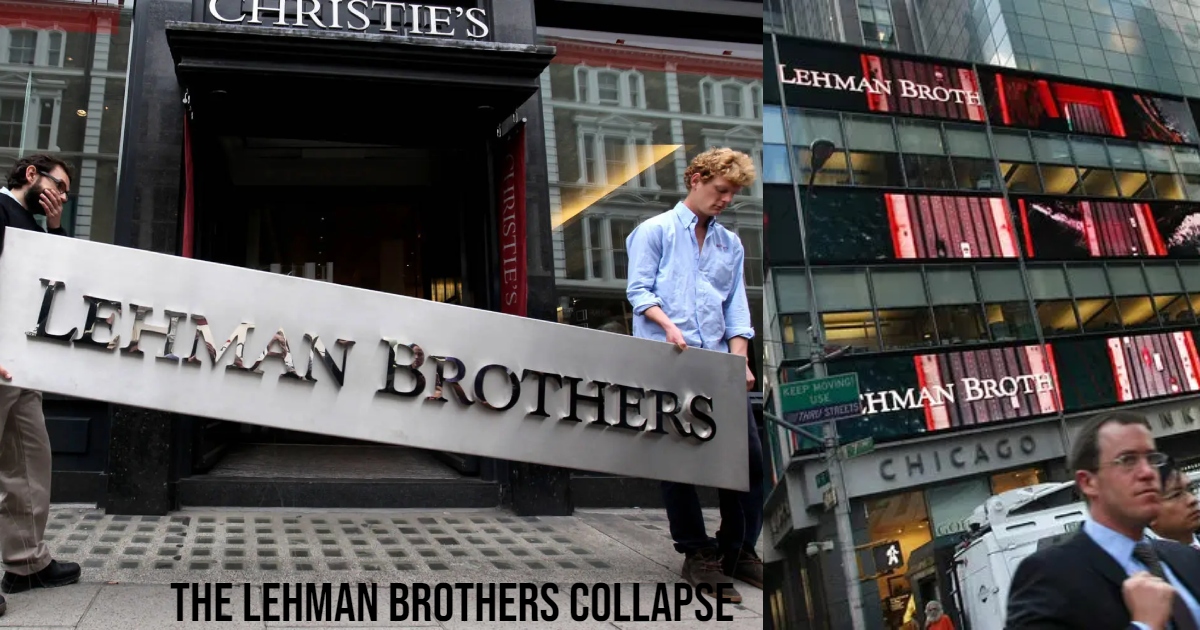On September 15, 2008, the venerable investment bank Lehman Brothers filed for bankruptcy protection, setting off a domino effect that triggered the most severe global financial crisis since the Great Depression. The downfall of Lehman, which had survived railroad bankruptcies, the Great Depression, two World Wars, and other economic upheavals over its 158-year history, proved to be a seminal event that eroded investor confidence and destabilized financial markets worldwide.
Lehman Brothers Collapse: The Origins of the Crisis
The roots of Lehman’s demise can be traced back to 2007 when the housing bubble burst, leading to a crisis in the subprime mortgage market. During the preceding boom years, banks like Lehman had aggressively ventured into mortgage-backed securities and other complex derivative products related to subprime mortgages and real estate. When housing prices started declining and homeowners began defaulting on their loans, the value of these assets plummeted. However, many firms including Lehman had failed to fully acknowledge and account for the risks associated with these investments.
Lehman’s Fatal Flaws
By 2008, Lehman’s balance sheet was loaded with over $600 billion of toxic real estate assets. The investment bank had also employed high leverage ratios of over 30-to-1, meaning it had borrowed heavily against a relatively small capital base. This excessive leverage and exposure to troubled mortgage securities proved to be a fatal combination once the crisis struck.
Despite urgings from the Federal Reserve and the U.S. Treasury to raise capital and shed risky assets, Lehman’s CEO Dick Fuld refused to take decisive action, believing the crisis was temporary. Eventually, Lehman’s fragility, compounded by bad publicity and loss of market confidence, triggered a classic “run on the bank” scenario where clients, trading partners and lenders all started demanding their money back. With limited options remaining, Lehman filed for bankruptcy on September 15th, listing $639 billion in assets but $619 billion in debt.
Lehman Brothers Collapse: The Aftermath
Lehman’s collapse sent shockwaves through global financial markets, causing a credit crunch as banks stopped lending to each other out of fear no one was solvent. The ensuing panic led to a series of emergency interventions and mergers involving banks like Merrill Lynch, Wachovia, Washington Mutual, Citigroup, and AIG. Despite these efforts, stock markets crashed, wiping out trillions in wealth. Ultimately, the crisis morphed into a deep recession that cost millions of jobs worldwide.
The Lehman bankruptcy remains one of the most controversial episodes of the financial crisis, with many critics arguing the government should have bailed out the firm as it did for other “too big to fail” institutions. Lehman’s board has also been faulted for failing to recognize and respond to the looming catastrophe. While the full accountability and societal costs are still being debated, there is a consensus that the collapse of Lehman Brothers will be remembered as a pivotal moment exposing the fragility and interconnectedness of the modern financial system.

